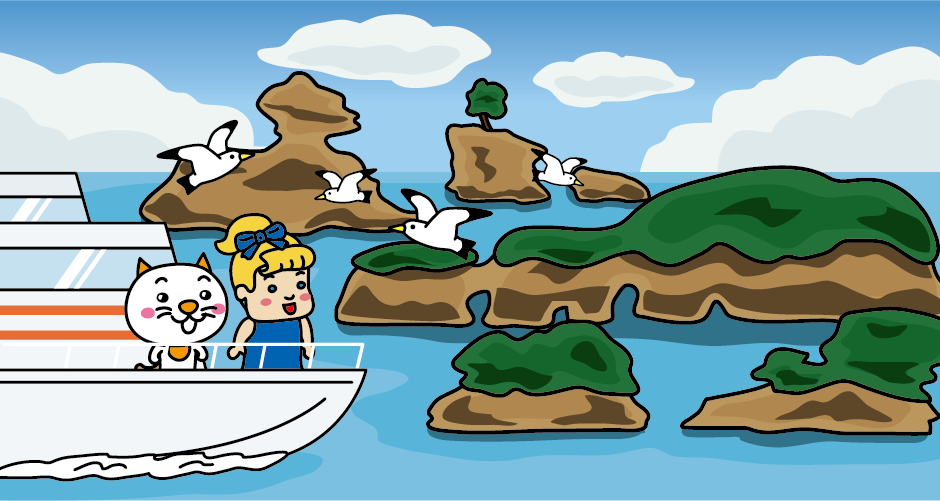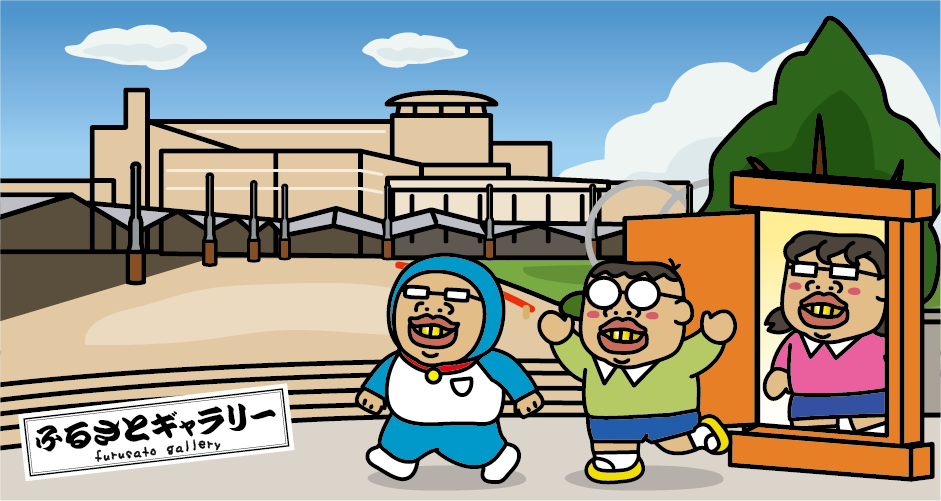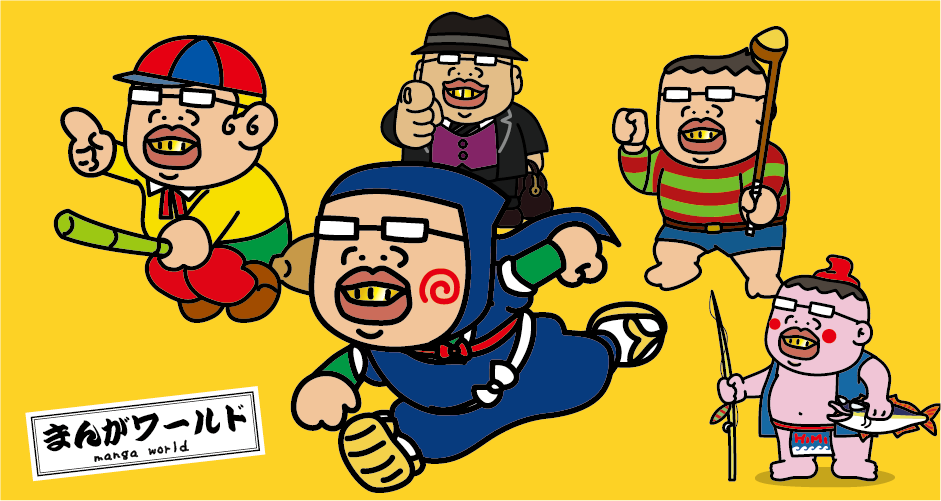Matsushima, one of the three most scenic spots in Japan.
I previously thought that the scenery of Matsushima was exaggerated to attract tourists, whether it was one of the Three Views of Japan, or it moved Basho Matsuo’s heart. However, I was wrong. It really was an amazing view!
Matsushima in Miyagi Prefecture, famous for its haiku, “Matsushima-ya, Aa-Matsushima-ya, Matsushima-ya,” is one of the Three Views of Japan, alongside Miyajima of Hiroshima Prefecture and Amanohashidate of Kyoto Prefecture. Around 260 islands, large and small, are inside Matsushima Bay. The contrast of the blue ocean and green islands is a beautiful view when seen from high ground.

“Four Great Views” is four scenic viewpoints of Matsushima, all acquiring three stars from the Michelin Green Guide. The four views are called “Sokan: Otakamori,” “Reikan: Tomiyama,” “Ikan: Tamonzan,” and “Yukan: Ougidani.”

There is an anecdote that Basho Matsuo, famous for ‘Okunohosomichi (The Narrow Road to the Deep North),’ was so amazed at the view that he was only able to recite, “Matsushima-ya, Aa-Matsushima-ya, Matsushima-ya.” However, Basho never wrote a haiku at Matsushima. The haiku was a slogan created for a Matsushima sightseeing travel guide written by Kyoka poet, Tawarabo. Kyoka is a tanka (waka) poem that contains social satire, irony, and humor, and is composed of five, seven, five, seven, seven syllables.

The sightseeing cruise boat is one experience that everyone should do when sightseeing in Matsushima. Basho Matsuo and Sora visited Matsushima by boat from Shiogama. You can enjoy the beautiful scenery of Matsushima on a boat, just like them.

Godaido began with the construction of the small temple when Sakanoue-no-Tamuramaro went on an expedition to Oshu during the Heian period (early 9th century). After that, Jikaku Daishi enshrined the five Wisdom Kings (Statues of Esoteric Buddhism). This is where the name Godaido is said to have come from. The current Godaido was rebuilt by Masamune Date. It is designated as an important cultural property of the country. The bridge across to Godaido is called Sukashi-bashi (openwork bridge) because the girders of the bridge are designed so that the bottom can be seen.

Oshima Island, located in Matsushima Bay, was a sacred place since long ago. In the late Heian period (12th century), a high priest named Kembutsu Shonin entered Oshima and recited the sutras 60,000 times for 12 years without leaving the island. His virtues were praised by Emperor Toba and received 1000 pine tree saplings as a gift. This is where the name Matsushima was derived from.

Zuiganji Temple is an old temple founded in the early 9th century by Jikaku Daishi of Hieizan Enryakuji Temple. The temple was protected by the Fujiwara clan that ruled the Tohoku region and the Kamakura Shogunate, but the temple declined over time and was rebuilt by Masamune Date in the early Edo period (17th century). The temple became a family temple of the Date family. The main hall and other buildings are designated as national treasures as they are valuable architectural structures that convey the art and culture of the Azuchi-Momoyama period (the latter half of the 16th century). “Tenrinin” Temple, the family temple of Princess Iroha, daughter of Masamune Date, is also located nearby.

Matsushima Castle is a wooden sightseeing hotel built in the early Showa period, where Emperor Emeritus once stayed when he was the Prince. The hotel went out of business in the middle of the Heisei period but is now open as an observatory (the Three Views of Japan Observatory) with a 360-degree view of Matsushima.

Matsushima is one of the most famous moon-viewing spots in Japan, so much so that Masamune Date, Matsuo Basho Matsuo, and physicist Einstein went to visit Matsushima to look at the moon.

There is an anecdote that Saigyo Houshi, a late Heian period (12th century) poet, lost in a Zen debate with a child (a Buddhist god) he met under a pine tree during his travels around the country, gave up going to Matsushima. The pine tree is in “Saigyo no Modoshimatsu Park.”

The view from “Saigyo no Modoshimatsu Park” is often used in Matsushima sightseeing brochures and posters, and the 260 cherry blossom trees in the park make it one of the most popular cherry blossom viewing spots in Miyagi Prefecture.
Access to Matsushima (Zuigan-ji Temple)
[Railway]
It takes about 1 hour and 30 minutes from JR Tokyo to JR Sendai Station by Tohoku Shinkansen. Transfer to the JR Tohoku Main Line at JR Sendai Station and get to JR Matsushima Station in about 30 minutes. About 25 minute-walk from Matsushima Station. Alternatively, transfer to the JR Senseki Line at JR Sendai Station and get to JR Matsushima-kaigan Station in about 40 minutes. About 10 minute-walk from JR Matsushima-kaigan Station.
[Airplane]
It takes about 1 hour and 15 minutes from Itami Airport to Sendai Airport. It takes about 30 minutes from Sendai Airport Station to JR Sendai Station by the Sendai Airport Line.










You need to login to comment on an article.